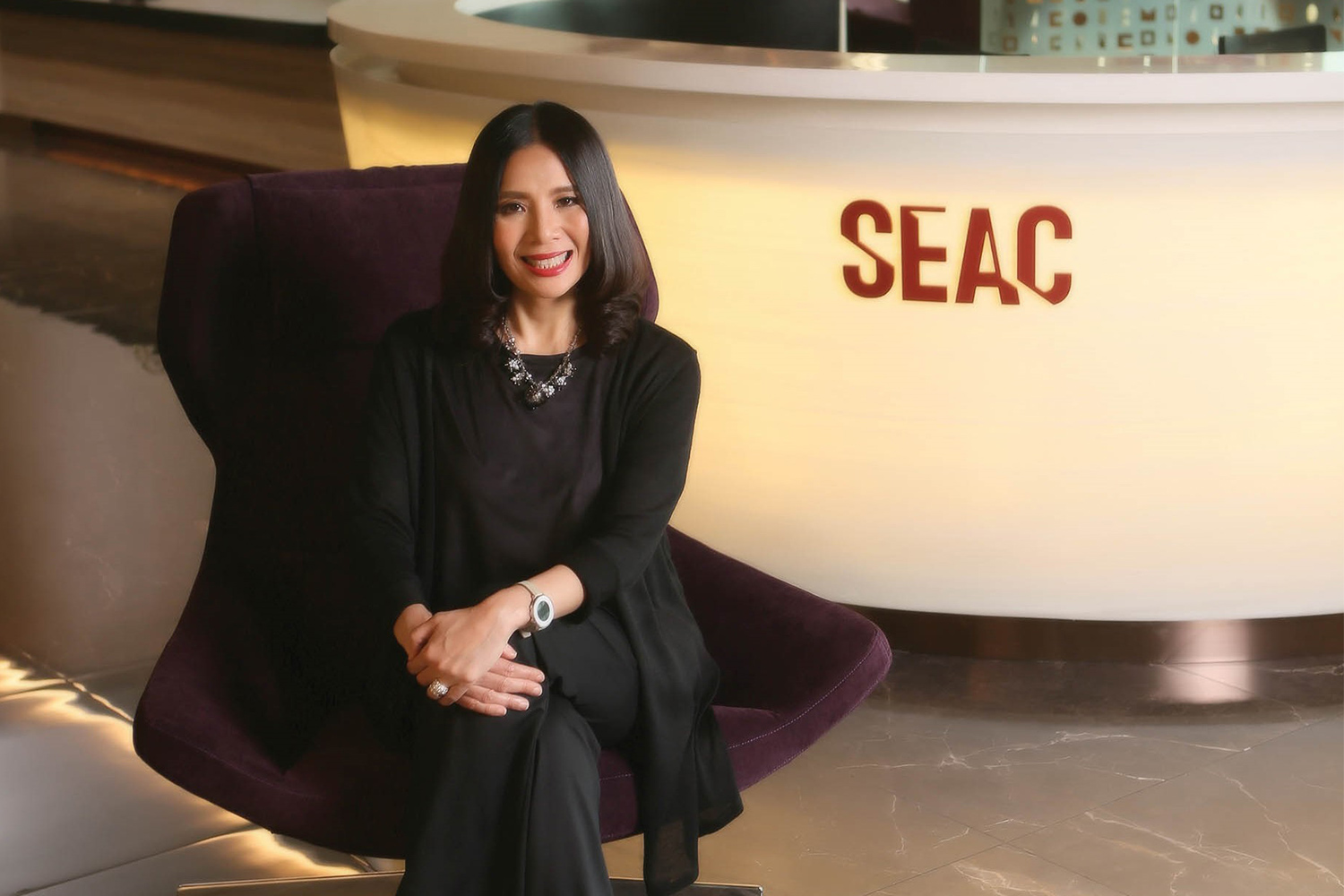
Change is constant in our world and in the business landscape. There is never a time when our businesses shouldn’t be asking themselves how they can adapt to remain relevant and to sustain new growth and success. Because of external factors, businesses and their people must sometimes undertake a full and strategic transformational change to keep up.
In previous articles, we discussed the definition of transformation and the role leaders play in helping their organisations transform. But another crucial point to discuss is the importance of ensuring the transition for our people is as smooth as possible.
When an organisation goes through transformational change, the company and its people move through different transitions. We know that change and transformation don’t happen overnight, but we also know that it’s inevitable at the organisational level and down to the individual level. So, understanding the different stages of change that we go through is important if we went to transition effectively and make the best of the situation.
When we embark on transformational change, we begin in the comfort zone. We’re familiar with this zone all too well because that’s where we are and where we aim to be the most of the time. We’re comfortable here, confident in ourselves and our abilities to face challenges as we are dealing with things that are familiar.
While this stage sounds great, staying in the comfort zone for too long is not sustainable for a business. In fact, it can pose a threat to the organisation if its people are not aware of and responding to constant change. Our competitors continue to come up with different ways of expanding their market. If we remain the same, our businesses may no longer be relevant.
During these times of uncertainty, remaining in the comfort zone may do more damage to the business. We are stuck with a false sense of security at a time when uncertainty can kick us into a corner. The sooner we realise this, the better it is for our businesses, especially in the long run.
Once we get out of the comfort zone, we enter the fear zone. Change is generally tough for everyone and this is the stage that is particularly tough for people. Our abilities are being tested and we’re no longer in a situation we’re familiar with.
Ever since the pandemic began, we have constantly been facing uncertainty. While some businesses may still be feeling comfortable, many have already been forced into this stage of fear.
After overcoming the challenges of fear zone, we enter the learning zone. At this stage, we come to terms with the need for change and our fears as part of the process. We understand that to successfully go through transformational change, we must be able to overcome fear to begin learning.
In the learning zone, we begin to understand what knowledge and skills we need to build on to overcome the challenges we face. This stage can be difficult as we don’t necessarily see any results from our learning just yet. However, making it through this stage is essential if we want to transition to the next zone.
Once we’ve built the knowledge and skills in the learning zone, we start to see growth. We then enter the growth zone, where we see the results of our hard work in the learning zone. We begin to feel at ease and become more confident that we can handle new challenges and uncertainty.
In the growth zone, while overcoming challenges becomes easier, we continue to learn and grow in our knowledge and skills. However, what distinguishes this zone from the learning zone is that we apply our learning in the real-world context of work. In a way, we are constantly adapting to find solutions to the problems we face.
You can imagine what comes next. Once we’ve grown, we slowly get used to handling new challenges, and that brings us back to the comfort zone. But this is a new comfort zone, where we should aim to be comfortable enough to expand it by applying our newfound knowledge and skills.
The journey through these various zones as I fave described it is not a linear one. We have circled back to the comfort zone and at some point we will start a new cycle, going through the different stages again. While transition can be tough, it is important to understand that each zone serves a purpose as we strive to achieve transformational change.
Arinya Talerngsri is Chief Capability Officer and Managing Director at SEAC – Southeast Asia’s Lifelong Learning Center. She can be reached by email at arinya_t@seasiacenter.com or https://www.linkedin.com/in/arinya-talerngsri-53b81aa. Talk to us about how SEAC can help your business during times of uncertainty at https://forms.gle/wf8upGdmwprxC6Ey9